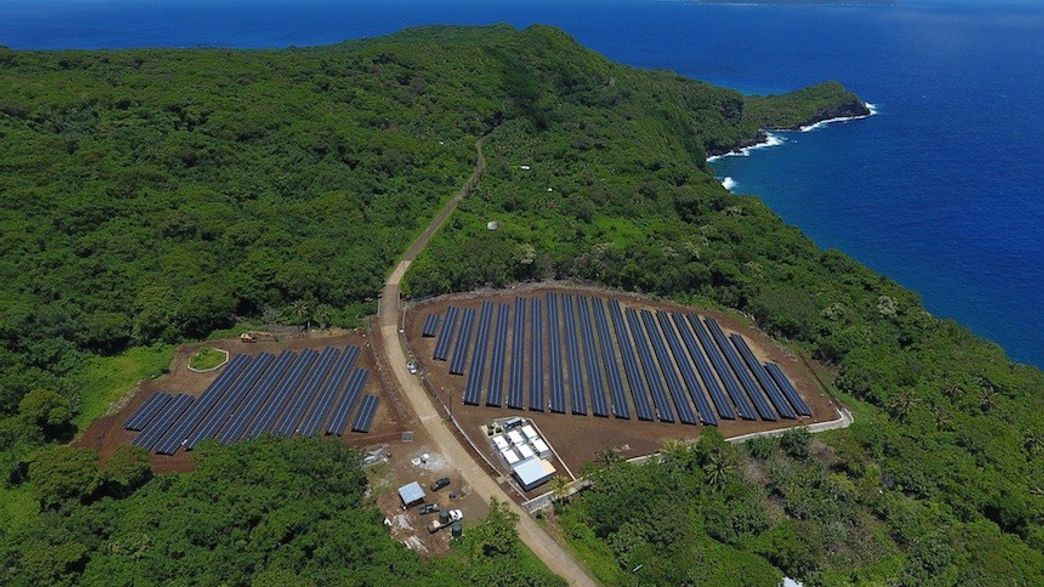Tesla powers innovative energy solutions for island nations seeking sustainable, reliable electricity. These remote areas often face unique challenges in energy supply, including high costs and dependence on imported fossil fuels. By integrating advanced battery storage and solar technology, Tesla offers alternatives that improve energy independence. With growing global attention on clean energy, island communities benefit significantly from such breakthroughs. The approach not only reduces environmental impact but also fosters local economic growth and resilience. As demand for renewable power increases, Tesla’s systems represent a pivotal shift in how isolated regions can meet their electricity needs efficiently and sustainably.
Tesla powers reshape energy landscape for island communities
The deployment of Tesla’s energy storage and solar products transforms power systems on islands worldwide. Their installations combine solar panels with large-scale battery packs, enabling energy storage during sunny periods for use when sunlight is unavailable. This eliminates reliance on diesel generators, which are costly and polluting. Many islands have successfully transitioned to hybrid grids, combining renewables and storage to ensure steady electricity supply. Furthermore, Tesla’s technology supports grid stabilization and peak load management, crucial for places with fluctuating demand. Governments and private stakeholders collaborate on projects, aiming to increase energy access and reduce carbon emissions. This shift aligns with global climate goals and promotes sustainable tourism, agriculture, and local industries.
Expanding Tesla powers solutions beyond islands
Efforts extend beyond island nations as Tesla powers initiatives in remote mainland regions lacking stable power. By utilizing scalable battery systems and solar integration, communities previously dependent on unreliable grids gain continuous electricity. Such projects enhance social welfare by powering schools, hospitals, and businesses without interruption. Moreover, Tesla’s technology supports emergency response during natural disasters, offering quick restoration of electricity. The modular design allows customization for varying energy needs and budget constraints. Investment in these systems often involves partnerships between governments, international organizations, and private firms, ensuring funding and expertise. Consequently, Tesla powers initiatives foster resilience, economic development, and environmental responsibility across diverse locations.
In summary, Tesla powers revolutionize how island and remote regions access energy. Their innovative combination of solar panels and battery storage reduces dependence on fossil fuels and enhances reliability. These projects set examples of clean energy adoption, driving economic and social progress while protecting fragile ecosystems. The ongoing expansion of such solutions signals a promising future for sustainable electricity worldwide.
